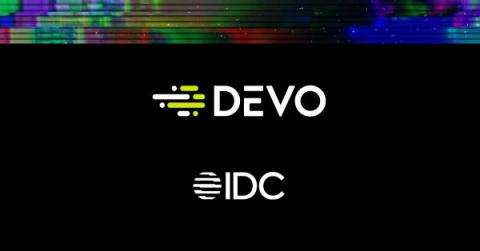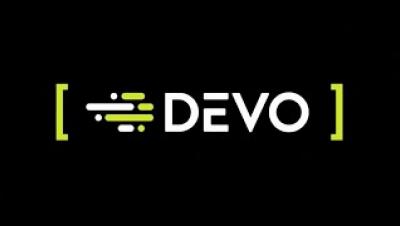Security | Threat Detection | Cyberattacks | DevSecOps | Compliance
December 2022
SOAR'ing to Success: How a Major US Bank Streamlined their SOC
According to the 2022 IBM Cost of a Data Breach Report, the global average cost of a data breach is $4.35 million. Data breaches in the US are even more costly, averaging over $9 million. However, it isn’t just the big players caught in the line of fire. IBM’s report also found that 83% of companies will experience a data breach soon, meaning financial institutions of all sizes — from local credit unions to Fortune 500s — are at risk.
Devo Recognized as a Major Player by IDC MarketScape
SIEMs have come a long way since they first debuted in the security operations center (SOC) well over a decade and a half ago. Today, next-gen SIEMs are far more advanced than early systems, which merely gathered and logged data from different sources. Now, SIEM software can deliver comprehensive insight into network security and data protection by looking for anomalous activity that could indicate compliance, performance and security issues.
SOAR'ing to Success: How an Insurance Company Automates Threat Hunting
Many automation tools, such as SOAR, suffer from an ironic Catch-22: you know that automation will save your team huge amounts of time, but it’s difficult to implement and requires skills you don’t necessarily have in-house. Essentially, you can’t afford the tools that will save you money. Ay, there’s the rub! You may have seen tools promising “no-code” capabilities with intuitive GUIs that help non-programmers build abstract functions.
Exchange: Devo 360 for Palo Alto application
Four Elements Security Leaders Must Consider When Building an Autonomous SOC
The SOC is changing. And to keep cybercriminals from wreaking havoc, security teams must mature their security operations to derive more value from the systems, tools, and data at their disposal. To do so, organizations are increasingly automating more SOC tasks and have long-term plans to build autonomous SOCs to augment their security analysts.





